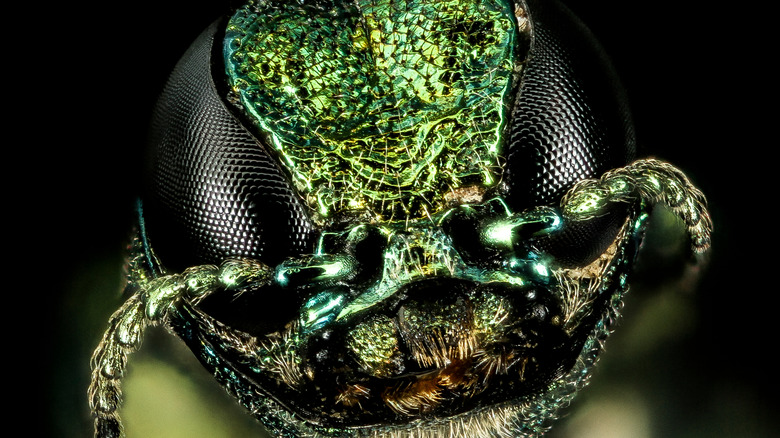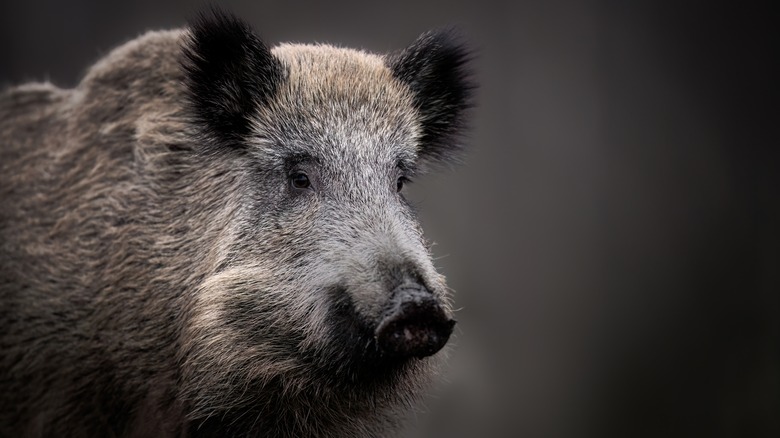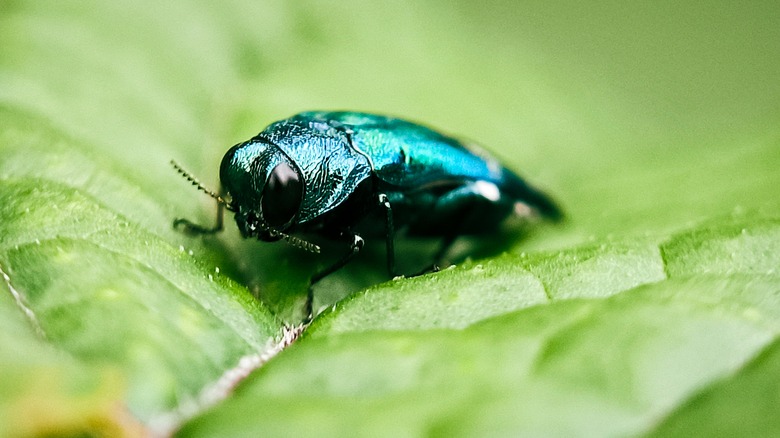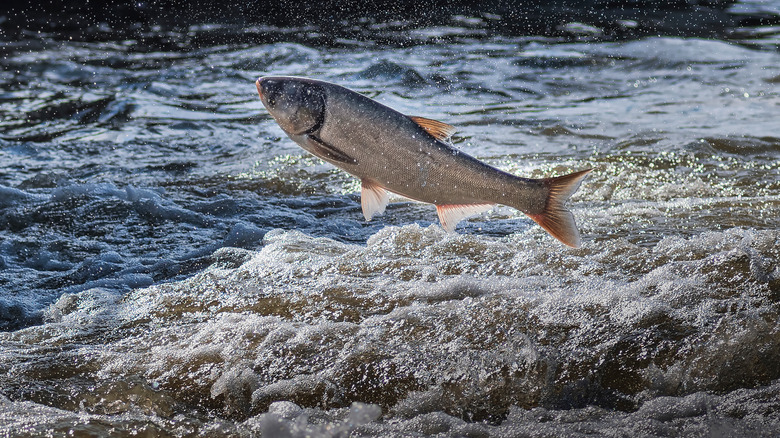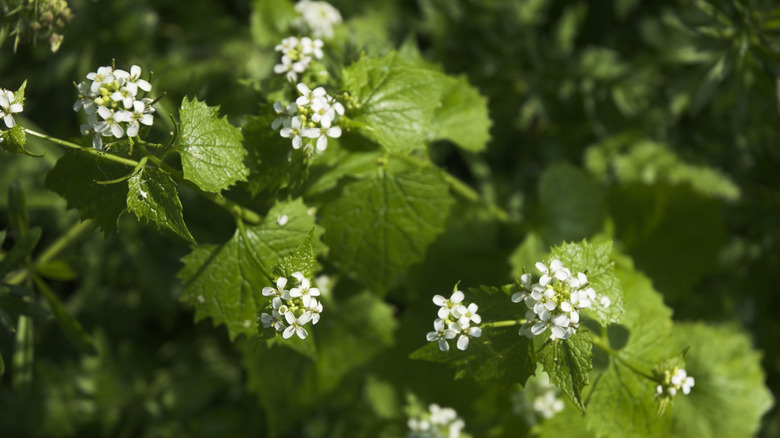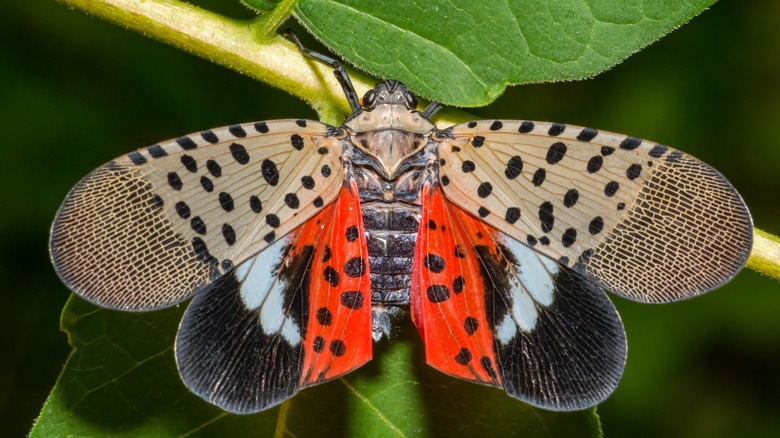5 Invasive Species That Are Destroying Illinois
It might not be talked about as much as other issues facing the United States, but the country is quietly fighting a major battle against hordes of invaders. These invaders are non-native species that have been introduced into various ecosystems across the nation and have already had a dire impact on natural environments and the economy.
Texas, for instance, is being slowly destroyed by an invasive species in the form of feral hogs, which have even started showing up in urban areas to wreak havoc, proving that invasive species aren't only destructive to natural environments. Meanwhile, the most ecologically diverse state in the Union, California, is being ravaged by a host of invasive species, from bullfrogs to mute swans, and even the ice plant, which is blanketing the state's coastlines.
Further North, Illinois is fighting its own battle against unwanted invaders. Invasive species can be extremely difficult to control, especially when their natural predators are not present in their adopted environments, which not only allows them to spread unimpeded, but often to become the most dominant predator in the area, eliminating existing wildlife, and in the case of plants, existing vegetation. The Prairie State currently faces hundreds of such threats, and, according to the University of Illinois Extension, it ranks fifth in the U.S. for invasive species introductions. Here are five of the most concerning.
Wild boars
In 2000, wild boars (otherwise known as feral hogs or swine) were estimated to cause $800 million worth of damage in the U.S. each year. More recent estimates claimed that wild boar crop damages and control costs were closer to $1.5 billion each year nationwide. Needless to say, these invaders are some of the most destructive in the nation, and Texas isn't the only state dealing with a wild boar problem.
Illinois is currently facing a growing threat from the animals, which bring myriad issues, from environmental destruction to disease and economic impacts. Adult male hogs also have no natural predators, and they can have a devastating effect on local wildlife as a result, demonstrating how invasive species can be a cause for native animals to become endangered, too.
Whereas the animals were thought to be present in 99.6% of Texas' 254 counties in 2023, Illinois has had reports of the animals in 32 of its 102 counties. But the species has been present in Texas since its founding, while the animals were only identified in Illinois in the '90s, suggesting this is a fast-growing problem for the Northern state. Part of what makes feral hogs so hard to control is their high reproductive rates. Female hogs have two litters each year, birthing as many as 10 piglets per litter, with the hogs reproducing as early as 6 months of age. That essentially means that 60% to 70% of the wild boar population would have to be eliminated each year just to prevent the numbers from rising.
Emerald ash borer
The emerald ash borer is originally from Asia but was first discovered in the U.S. in 2002. Since then, it has spread to multiple states, becoming a major threat to ash trees across the country as it digs into the trunks and deposits its larvae. This results in the death of the trees within three to five years, and thus far ash borers have wiped out tens of millions of ash trees in the northeast of the country alone. This is a major issue not only due to the fact ash trees are used to make a number of products, but because they provide food and habitat for a diverse range of wildlife.
Though they are smaller than a penny and have a deceptively appealing look due to their metallic shells, ash borers have become known as what the U.S. Forest Service called "the most destructive and costly invasive insect to ever invade North America." In Illinois, the insect was first detected back in 2006 but has since spread rapidly throughout the state. Since the ash borer isn't the most adept flyer, it is thought to have spread mainly by humans moving firewood or ash logs. By 2016, it was known to be present in 62 of the state's 102 counties. A 2024 report from FarmWeekNow claimed that ash trees make up 20% to 50% of the urban forest in some Illinois cities, which means their ongoing loss impacts "property values, human health, home energy costs and much more." That's alongside the impact of the natural environment and habitats for native wildlife.
Illinois is just one of many states battling this pernicious species, which is now thought to be present in at least 36 states, as well as the District of Columbia, and five Canadian provinces.
Asian carp or copi
Asian carp refers to a group of the fish which comprises bighead carp, silver carp, grass carp, and black carp. Unlike many other invasive species, these fish were initially introduced to the U.S. intentionally back in 1963 as a way to help keep sewage treatment facilities clean. But once the carp escaped into the Mississippi River, they spread rapidly and have since had a devastating effect on ecosystems across 31 states.
Asian carp are now prevalent in the Illinois and Mississippi Rivers, with devastating consequences for both. Much like the wild boars ravaging Southern Illinois, Asian carp reproduce rapidly, with adult females laying up to 1 million eggs per year, making containment almost impossible. What's more, the fish have a voracious appetite, devouring algae and zooplankton on which other species rely and upending food chains in the process.
In 2022, the State of Illinois officially renamed Asian carp to "copi" and despite major efforts to prevent the fish from spreading throughout Illinois, record hauls of silver carp have recently been removed from the Illinois River. In 2024, Illinois joined Michigan and the Army Corps of Engineers by agreeing to the construction of a barrier at the Brandon Road Lock and Dam near Joliet, Illinois — a construction that is seen as what WTTW called "the last line of defense against invasive carp entering the Great Lakes."
Garlic mustard
Garlic mustard has infested Illinois, threatening forests by limiting the growth and productivity of plants and trees native to the state and having a negative impact on the habitats of native wildlife. The herb originally comes from Europe and Asia but was first recorded in Long Island, New York, back in 1668. Settlers likely used the plant as food or medicine, but it has since become a nationwide menace, one which Illinois has been battling for some time.
Garlic mustard is mostly found in forests and is hard to contain due to its prolific seed dispersal, with one plant capable of producing 3,000 seeds which are then often carried unwittingly by people who track them on their shoes or clothing. That's a real problem because the herb is extremely invasive, and it often out-competes tree seedlings and other native plants. Once an infestation has grown, it saps light, water, and nutrients from native plants, robbing native wildlife of sustenance and depleting the number of wildflowers that bloom. This also has practical effects for humans, who find it much harder to harvest timber, hunt, and enjoy lush forests.
Research and Forest Specialist Christopher Evans told the University of Illinois Extension that garlic mustard is therefore considered a "high-priority invasive species for Illinois," Even the Chicago Botanic Garden has been battling garlic mustard for decades, announcing in 2017 that after 20 years they had finally managed to eradicate it from their McDonald Woods.
Spotted lanternfly
The spotted lanternfly isn't well-established in Illinois like some of the other invasives on this list, but its discovery in 2023 was more than a little concerning for the Prairie State. Native to China, Bangladesh, and Vietnam, the spotted lanternfly was first discovered in Pennsylvania in 2014 but has since made its way west, spreading to eight other states and leaving havoc in its wake. The insect was found in Cook County, Illinois, in September 2023, and the state is still trying to understand how well-established it is.
This pest infests trees, feeding on them and producing honeydew, a waste product that causes mold to grow. That process ultimately devastates the trees, having potentially major effects for industries such as logging and even grape harvesting. Spotted lanternflies are swarm feeders, and as many as 400 of the pests have been found on grape vines, often leading to the death of the plant itself.
Much like the emerald ash borer, the spotted lanternfly is deceptively appealing in its appearance, with red and black wings and distinctive black spots. With adults reaching just 1 inch long, the insects don't exactly look like they present a threat, but invasive species such as this endanger other organisms and damage ecosystems, with spotted lanternflies feeding on at least 103 species of plants in the U.S. As such, they represent a threat to a wide range of natural habitats and the wildlife that depend upon those environments to survive. Now that the insect has been found in Illinois, the state faces an uphill battle to rid itself of this rapidly spreading threat.
